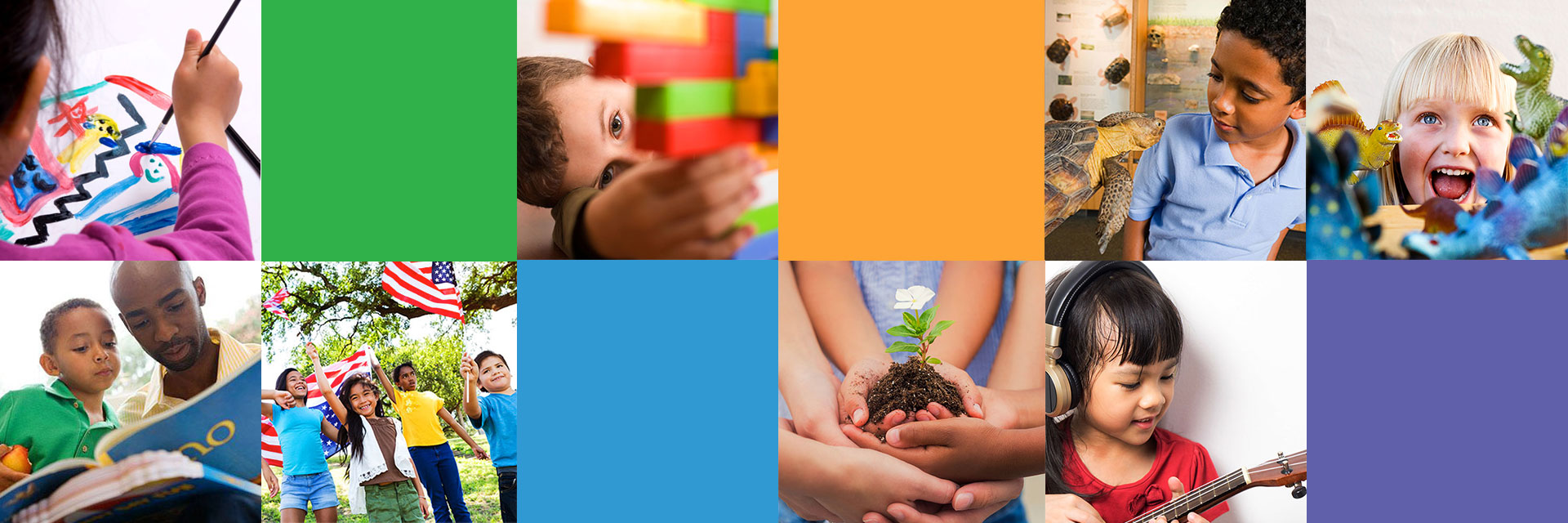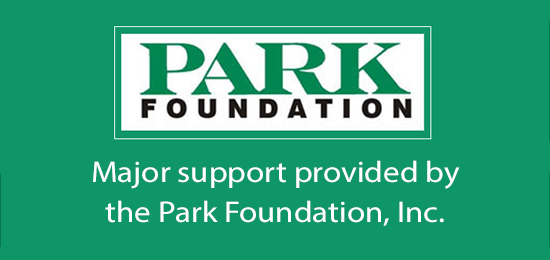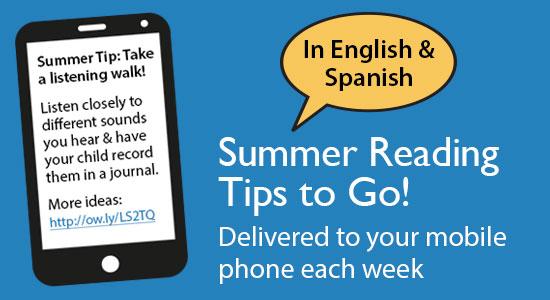Madelyn Rosenberg and Wendy Shang

Pairing fiction and nonfiction is a great way to engage readers. So is pairing a book with an activity or experience to extend excitement or enhance learning. But there are other kinds of great pairings when it comes to books. Here are Madelyn Rosenberg and Wendy Wan-Long Shang to tell you about how they paired up as co-authors and how working with a partner can help get kids excited about writing this summer.
June 22, 2017
Hi! Madelyn and Wendy here at a coffee shop in Falls Church, Va., half-way between our two houses, to talk about collaboration. We aren’t always in the same physical space when we write together, but we are today.

Other times we’re writing at our individual homes, and our collaboration takes place on the phone or in a flutter of emails. Or one of us will say: “Meet you on the Google Doc at 9.” Sometimes we take turns, editing our partner’s work and then moving forward with words of our own.
We've clocked dozens of miles walking and talking, hashing out ideas. Long before we started writing together, though, the two of us spent time reading and reviewing each other’s work. “Hey, could you take a look at…?” There was a comment here. A tweak there.
When we decided we wanted to collaborate, there was more of that, of course. Way more. At times over the past couple of years we not only finished each other’s sentences when we were writing, we finished them when we were speaking, too.
We developed our own language “needs another beat here” was our mutual exhortation to go further with an idea or explore an emotion more deeply.
We both came from jobs that required collaboration; one of us was an attorney (Wendy) and one of us was a journalist (Madelyn.) And though we’d both written alone, we thought it would be fun to bring collaboration into our writing world, too. Writers often work in isolation, so this made a nice switch. Another reason to collaborate? Confidence. One of us may doubt her own work from time to time, but what we don’t doubt? Each other.

We had a lot in common, which was a good foundation for collaborating on our new book, This Is Just a Test. Set in the 1980s, we drew upon our collective memories of Cold War scares, voluminous hair and Trivial Pursuit games to create a world for our main character, David Da-Wei Horowitz. Wendy proposed the half-Chinese, half-Jewish character, and Madelyn insisted that David needed something to do, which eventually led to his digging a bomb shelter big enough for one other friend, not two. In other words, we created a new character in a new set of circumstances that neither one of us would have created individually.
Another good reason to collaborate? If one of us got writer’s block, the other (usually) didn’t have it. The story moved through the next page and the next, until we reached the end.
We asked some of our writing friends what they discovered when working with a partner.
“Writing collaboratively helps us create better work, since we can build better off each other's ideas and compensate for each other's weaknesses,” said Laurie Ann Thompson, who wrote and researched Two Truths and A Lie: It’s Alive! with Ammi-Joan Paquette. “It's also encouraging to be part of a team all the way through the process.”
The end result of their process was a book that is mostly nonfiction: it features crazy, true stories about the living world, with a few fictions thrown in. The reader must decipher which is which.
Lisa Papademetriou collaborated with two different authors: James Patterson (Middle School: Big Fat Liar) and Chris Tebbetts (M Or F?). “With a collaboration, both parties are 100 percent invested in crafting the best story possible, so you always have someone who will tell you when something isn't working and, even better, when it is,” she said. “And they do it in real time, right away. You don't have to wait for an editorial letter.”
Olugbemisola Rhuday-Perkovich, who wrote Two Naomis with her friend Audrey Vernick, said a key benefit she got from their collaboration was speed. “Having someone that needs your chapter in order to do theirs means that you can't spend too much time in the fantasy land of ‘perfection,’” she said. “But mostly, it's just a treat to work with someone that you love and trust. I think we learn from each other daily, bring unique perspectives to the narrative that make it more complex and offer opportunities to stretch our writing and the stories in unexpected ways. Plus I always have someone to talk with about pizza and cake!”
We found similar benefits when we were working on This Is Just a Test, though our foods of choice were dumplings and whatever we could throw into the slow cooker for dinner. We’re planning to spend the summer collaborating as well on Project No. 2, which includes our first foray into a story with multiple points of view.
If you’re looking for a fun way to keep kids writing this summer, consider these first steps into collaboration:
Summer writing pen pal
Have your child start a writing project, take a giant leap of faith, and put it in the mail (electronic or snail) to a friend. Wait for it to come back to you, a little bit longer, a little bit funnier, a little bit sadder or a little bit weirder. Then it’s your turn again! You can write bits of stories on postcards if you travel and on your favorite stationery if you don’t. Send a line or two in a text message. See how far you get by summer’s end. Papademetriou offers this advice on collaboration: Check your ego at the door. “If you're too married to your own ideas, you're never going to get anywhere.”
Start at the end
Pair up with your child and try writing a short story where you agree on the last line — make it count! — and then work your way collectively to that last line. You may end up deciding that you want to change the last line when you're done, but that line can help focus your child’s attention and drive inspirations.
Create some conflict
An old comedy exercise calls for one person to sit down, no matter what, and for the other person to convince the person in the chair to stand up at all costs. Encourage writing pals to try this and then take this idea and apply it to their story. It doesn't have to be standing/sitting dynamic, but it does have to create opposing forces. How will their characters resolve themselves?
Family Exquisite Corpse poetry
This collaborative writing game can be done with a pair of writers or play with the whole family. The first writer writes the first line of the poem and then folds the top of the paper to cover it up. The next writers add their lines, covering new lines each time so that no one sees the lines before while writing his or her own line. Pass the paper around several times until it is full. Then open and read your group poem aloud!
Look for collaboration in your summer reading
We’ve told you about a few co-authored titles for older readers. Here’s a starter list with all ages in mind:
3-6 years old
- Clothesline Clues to Jobs People Do by Kathryn Heling and Deborah Hembrook
- The Very Fairy Princess series by Julie Andrews and Emma Walton Hamilton
- You Nest Here With Me by Jane Yolen and Heidi Stemple
6-9 years old
- Action Jackson by Jan Greenberg and Sandra Jordan
- Carter G. Woodson: The Father of Black History by Patricia and Fredrick McKissack
- Lost and Found Cat: The True Story of Kunkush's Incredible Journey by Doug Kuntz and Amy Shrodes
9-12 years old
- Fuzzy by Tom Angleberger and Paul Dellinger
- I Will Always Write Back: How One Letter Changed Two Lives by Martin Ganda and Caitlin Alifirenka
- Save Me a Seat by Sarah Weeks and Gita Varadarajan
- You’re Invited by Jen Malone and Gail Nall
Check out these resources for inspiration for collaboration
- Read or listen to The Exquisite Corpse Adventure online and find out how authors like Jon Jon Scieszka, Katherine Paterson, Kate DiCamillo, and other collaborate
- Watch these Reading Rockets interviews with authors who write together: Patricia and Fredrick McKissack, Jan Greenberg and Sandra Jordan, and Julie Andrews and Emma Walton Hamilton



